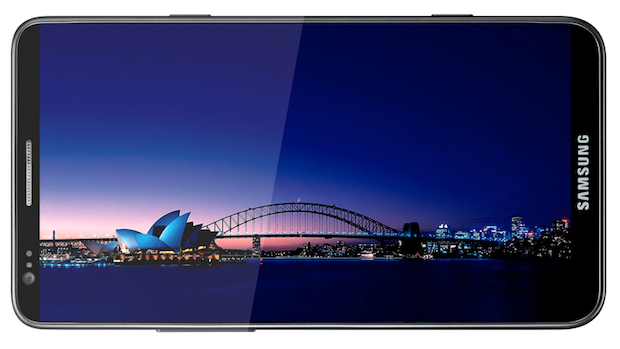
[Via Droid-Life]
Read

 deal is strategically sound for both parties," Hambrecht & Quist analyst Paul Noglows said.
deal is strategically sound for both parties," Hambrecht & Quist analyst Paul Noglows said. 



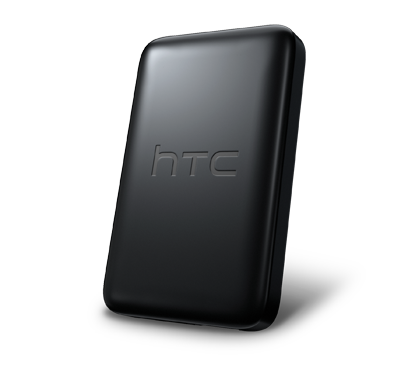
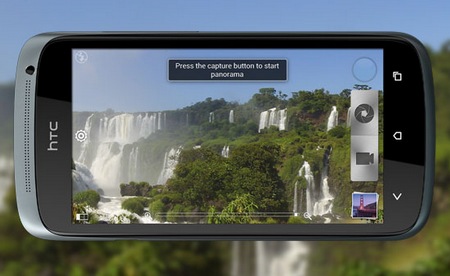
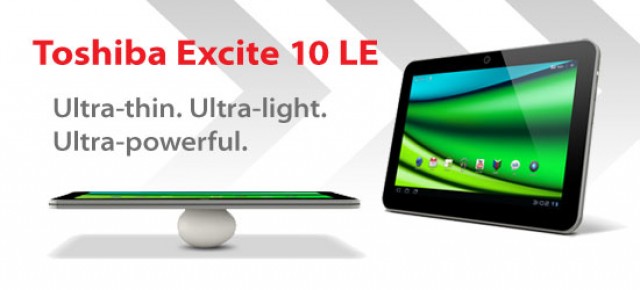

LYON, France ‒ An international operation supported by INTERPOL against suspected hackers believed to be linked to the so-called ‘Anonymous’ hacking group has seen the arrest of some 25 individuals across four countries in Latin America and Europe.
Operation Unmask was launched in mid-February following a series of coordinated cyber-attacks originating from Argentina, Chile, Colombia and Spain against the Colombian Ministry of Defence and presidential websites, as well as Chile’s Endesa electricity company and its National Library, among others.
The international operation was carried out by national law enforcement officers in Argentina, Chile, Colombia and Spain, under the aegis of INTERPOL’s Latin American Working Group of Experts on Information Technology (IT) Crime, which facilitated the sharing of intelligence following operational meetings in the four participating countries.
Some 250 items of IT equipment and mobile phones were also seized during searches of 40 premises across 15 cities during the operation, as well as payment cards and cash, as part of a continuing investigation into the funding of illegal activities carried out by the suspected hackers who are aged 17 to 40.
“This operation shows that crime in the virtual world does have real consequences for those involved, and that the Internet cannot be seen as a safe haven for criminal activity, no matter where it originates or where it is targeted,” said Bernd Rossbach, Acting INTERPOL Executive Director of Police Services.
INTERPOL working parties on IT crime were created to facilitate the development of strategies, technologies and information on the latest IT crime methods. There are regional working parties for Africa, the Americas, Asia and the South Pacific, Europe, and the Middle East and North Africa.
The main activities of the working parties rest on three pillars: facilitating operations against IT crime among INTERPOL’s 190 member countries, capacity building and addressing emerging threats.









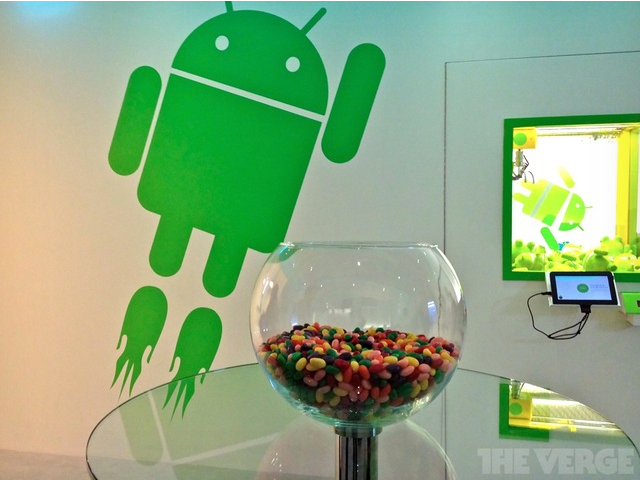

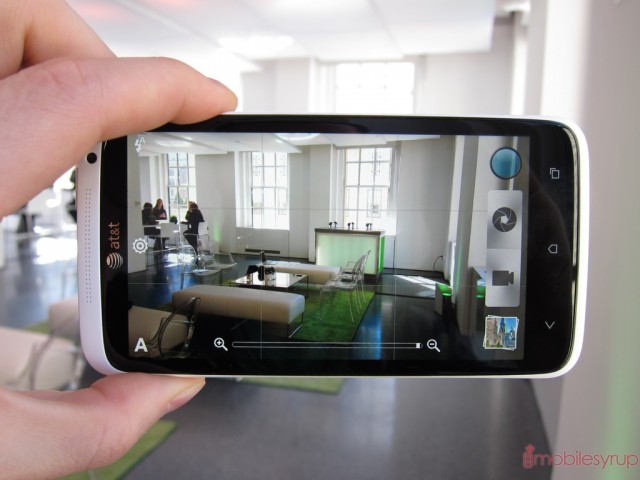










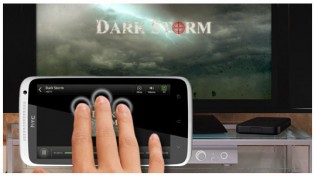
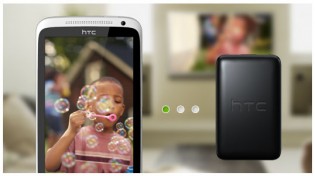

Intel Expands Smartphone Portfolio: New Customers, Products, Software and Services
Announces Smartphone Device Engagements with Orange*, Lava*, ZTE* and Visa*
Discloses Range of New Smartphone SoCs and Communications Products
MOBILE WORLD CONGRESS, Barcelona, Spain, Feb. 27, 2012 – Intel Corporation President and CEO Paul Otellini today detailed a number of announcements and plans aimed at expanding the company’s smartphone product portfolio and customer ecosystem, including strategic new engagements with Orange*, Lava International Ltd.*, ZTE*, and Visa*.
“We are very pleased to add new, important customers and capabilities to our phone offerings today. We remain focused on delivering exciting new features and outstanding performance to smartphone customers around the world.” said Otellini.
Otellini made the announcements during an Intel news conference at Mobile World Congress. He also highlighted the company’s plans to expand its smartphone SoC and communications product roadmaps for the performance and value smartphone market segments.
New Smartphone Customer Engagements
Building on strategic engagements with Motorola Mobility Inc.* and Lenovo*, Intel detailed new device relationships with Orange, Lava International Ltd. and ZTE.
Yves Maitre, Orange senior vice president of Mobile Multimedia and Devices, joined Otellini to discuss a new Orange smartphone based on the Intel® Atom™ processor Z2460 reference design. Housed in a sleek body, the design enables rich entertainment experiences and Orange services, including Orange TV, Daily Motion, Deezer, Orange Wednesdays and Orange Gestures. The Orange smartphone will be available in the United Kingdom and France later this summer.
Intel also announced plans to enter the high-growth market for smartphones in India through an alliance with Lava International Ltd., one of the fastest-growing Indian mobile handset companies.Vishal Sehgal, Lava co-founder and board director, announced the launch of XOLO Smartphone by Lava. The XOLO X900 is based on Intel’s smartphone reference design and will be the first Intel technology-based smartphone in the India market. The device will be available from top retail outlets early in the second quarter of 2012 and will support major Indian cellular networks.
Similar to its previously announced partnership with Motorola Mobility, Intel also announced a multi-year mobile device collaboration across smartphones and tablets with global handset maker ZTE. Mr. He Shiyou, executive vice president and head of the Terminal Division of ZTE, discussed how his company’s alliance with Intel will enable ZTE to move faster and create unique and differentiated products for wireless operators. He also announced that ZTE’s first Intel-powered mobile device is scheduled to debut in the second half of 2012.
Expanding Smartphone SoC and Communications Roadmaps
Building on its ecosystem engagements, Intel announced plans for three new smartphone SoC products that expand the company’s portfolio from the performance-to-value market segments.
Extending the leading performance and energy efficiency of the Intel™ Atom® processor Z2460, formerly codenamed “Medfield,” Intel announced that the platform will now support speeds up to 2GHz.
Intel also announced the Atom™ Z2580 processor that doubles the performance of the Atom processor Z2460, and features an advanced multimode LTE/3G/2G solution. Intel will sample the Z2580 in the second half of the year with customer products scheduled in the first half of 2013.
Addressing the growing handset opportunity in emerging markets where consumers look for more value at lower prices, Intel disclosed plans for the Intel® Atom™ processor Z2000.
The Z2000 is aimed squarely at the value smartphone market segment, which industry sources predict could reach up to 500 million units by 20151.The platform includes a 1.0 GHz Atom CPU offering great graphics and video performance, and the ability to access the Web and play Google Android* games. It also supports the Intel® XMM 6265 3G HSPA+ modem with Dual-SIM 2G/3G, offering flexibility on data/voice calling plans to save on costs. Intel will sample the Z2000 in mid-2012 with customer products scheduled by early 2013.
Building on these 32nm announcements, Otellini discussed how the Atom™ processor will outpace Moore’s Law and announced that Intel will ship 22nm SoCs for carrier certification next year, and is already in development on 14nm SoC technology.
In 2011, Intel shipped in more than 400 million cellular platforms. Building on this market segment position, Intel announced the XMM 7160, an advanced multimode LTE/3G/2G platform with support for 100Mbps downlink and 50Mbps uplink, and support for HSPA+ 42Mbps. Intel will sample the product in the second quarter with customer designs scheduled to launch by the end of 2012.
Intel also announced that it is sampling the XMM 6360 platform, a new slim modem 3G HSPA+ solution supporting 42Mbps downlink and 11.5Mbps uplink for small form factors.
Building Better Experiences on Intel Architecture
Intel’s strategy is to create and enable engaging, consistent, aware and secure user experiences across a range of mobile devices.
An emerging trend is the use of mobile devices to enable secure online and retail commerce. Otellini welcomed John Partridge, President, Visa Inc., who announced a strategic multi-year alliance to develop mobile commerce solutions tailored to consumers in developed and developing countries.
The effort includes collaboration across a range of Visa mobile services and Intel® Atom™-based smartphones and tablets to deliver compelling and secure user services. As a first step, Partridge announced that Intel’s smartphone reference design is now certified for Visa payWave* mobile financial transactions. This means that customer products based on Intel’s smartphone reference design will have time-to-market support of Visa mobile services.
Building on its collaboration with Google, Intel continues to work closely with ISVs to help ensure the majority of Android apps run on Intel Atom processor-based devices. Otellini discussed how Intel has all the right tools and expertise to support the robust mobile application developer ecosystem.

New Visa Service Provides Secure “Over the Air” Provisioning of Mobile Payment Accounts
Global service transforms smartphones into Visa payment devices. “One-stop” solution enables financial institutions to wirelessly link Visa accounts with NFC-enabled devices
Mobile World Congress 2012
BARCELONA, Spain–(BUSINESS WIRE)–Visa Inc. (NYSE:V) today announced a new service that provides financial institutions and mobile network operators with a one-stop solution to securely download payment account information to smartphones enabled with Near Field Communication (NFC) technology. The new service was developed in collaboration with Oberthur Technologies, a leading Trusted Service Management (TSM) company whose software and platforms are used to manage the provisioning and activation of payment accounts on cards and mobile devices.
The new offering by Visa brings together the necessary parties in the mobile payments ecosystem and lays the foundation for financial services providers and mobile network operators to securely and efficiently link Visa payment accounts to smartphones, while also offering a solution to manage those accounts post activation.
“In the same way we have enabled the secure provisioning of payment cards for decades, we are now using mobile technology to securely provision mobile payment accounts over the air,” said Bill Gajda, Head of Mobile Products, Visa Inc. “Financial institutions, mobile network operators, and even transit operators now have a simple, secure process to activate payment applications at scale and make mobile payments part of everyday life for consumers around the world.”
Working with Oberthur Technologies gives Visa access to technology that delivers Visa payWave, Visa’s contactless payment technology, and other payment applications “over the air” to a consumer’s NFC-equipped smartphone, along with the secure credentials needed to authenticate the consumer.
“The combination of Oberthur Technologies advanced technology with Visa’s global secure network will deliver a powerful tool for financial institutions and mobile network operators to move quickly into the growing market for mobile payments,” said Arnaud de La Chapelle, General Manager, Convergence & Solutions, Oberthur Technologies. “We’re extremely pleased to extend our relationship with Visa in this innovative area.”
The new solution addresses a crucial need for Visa account issuers, mobile operators, and others who want to enable mobile payments at scale. The next stage of the product, an interconnectivity “hub”, will enable frictionless “many-to-many” interactions avoiding the need for parties to form bilateral commercial and technical relationships, even for entities using other TSM solutions.
How It Works
For consumers the service will include support for Visa and non-Visa payment, loyalty or mass transit applications on their smartphone. Because of the flexible and global nature of the technology, consumers could, for example, use their mobile phone to download the appropriate mass transit application to pay for a subway ride in a distant city. A typical consumer experience to provision a smartphone for payments may include the following steps:
Intel, with its new Intel® Atom™-based smartphones and tablets, has agreed to use Visa’s global provisioning service to enable mobile subscribers to securely download payment account information to NFC-enabled devices.
- The consumer purchases an NFC-equipped mobile phone that has passed Visa’s compliance testing, from their choice of operator
- The consumer contacts the financial institution that issued their Visa account, or responds to an offer from a service provider or operator, asking to activate mobile payments with their smartphone
- Visa’s mobile provisioning solution links the appropriate parties and begins the process of provisioning the mobile phone for payment:
- Authenticates the account holder by requesting the user enter a passcode
- Facilitate the exchange of secure “keys” among the various parties that unlock the NFC-enabled chip on the smartphone
- Initiates the secure download of payment account information to the smartphone

Chase, Capital One and Barclaycard First to Place Their Cards in the Isis™ Mobile Wallet
Starting This Summer, the Isis Mobile Wallet Will Be Available to More Than 100 Million U.S. Card Holders
BARCELONA, Spain – February 27, 2012 – Isis™, the mobile commerce joint venture created by AT&T Mobility, T-Mobile USA and Verizon Wireless, today announced that Chase, Capital One and Barclaycard have entered into agreements with Isis enabling their credit, debit and prepaid cards to be placed into the Isis Mobile Wallet. Starting in mid-2012, consumers will be able to load their eligible Chase, Capital One and Barclaycard cards into their Isis Mobile Wallet and shop at participating merchants, starting with locations across Salt Lake City and Austin, Texas.
“Today’s announcement is testament to the vision and commitment of Chase, Capital One and Barclaycard to make mobile commerce a real and positive experience for their customers,” said Michael Abbott, CEO, Isis. “Mobile commerce is more than a new way to pay; it’s about extending the relationships consumers enjoy with their banks and merchants into a powerful and convenient new form factor.”
The Isis Mobile Wallet will provide consumers with a convenient and secure way to pay, redeem coupons and present loyalty credentials, all with the tap of their phone. Chase, Capital One and Barclaycard will tailor their cardholder service experience within the Isis Mobile Wallet to reflect their respective brands and ensure a seamless and secure experience across physical cards and mobile platforms.
“Chase is committed to making mobile commerce a reality,” said Richard Quigley, president, Chase Card Services. “By working with Isis, we are excited to help pave the way for innovation in the mobile payments space and to provide cardmembers with a secure option for easier and faster payments on the go.”
Last July, Isis announced relationships with the top four U.S. payment networks: Visa, MasterCard, Discover and American Express. Isis’ relationship with the four U.S. payment networks provides banks with the freedom to enable any major network payment card and provide consumers with ubiquity and freedom of choice when deciding which of those cards to load into their Isis Mobile Wallet.
“Our customers have embraced digital and mobile banking and are demanding new and easier ways to manage their financial lives,” said Jack Forestell, executive vice president, Digital, Capital One. “Our relationship with Isis creates an exciting opportunity for our customers to begin to fully experience the power of mobile commerce.”
Today’s announcement underscores Isis’ inclusive approach, providing all stakeholders – banks, merchants and consumers – with the freedom and choice necessary to foster a robust new industry. Isis is building an ecosystem to provide consumers with a ubiquitous and positive experience across all participating carriers, phone models, payment networks, merchants and banks.
“We believe Isis is strongly positioned to bring the convenience, value and simplicity of mobile commerce to consumers,” said Stewart Holmes, senior director-mobile commerce strategy, Barclaycard US. “We’re excited to build this offering for customers and our card partners with Isis and look forward to shaping the future of payments.”
The Isis Mobile Wallet will initially launch in Salt Lake City and Austin in mid-2012 and is planning a national rollout to follow.
“While mobile wallets may look and smell the same from afar, Isis is setting itself apart by patiently building an ecosystem of issuer, network and merchant partners, offering an open platform that leaves partners in control of how they will communicate with their customers, and leaving the partners in control of sensitive payment and marketing data transiting over the platform,” says Gwenn Bézard, research director with Aite Group. “Isis’ new announcement sends a clear signal: it is serious about scaling mobile payments.”

